|
Hendry lab postdoc Dr. Lydia Baker collaborated with artist Gideon Gerlt (gideongerlt.com) to produce this lovely comic explaining our recent research on the luminous symbionts of deep-sea anglerfish.
0 Comments
There aren't many luminous symbionts of anglerfish, we've only found two species so far. One is shared by very diverse fish and the other has a specific relationship with one host species. New work by Hendry lab postdoc Lydia Baker is out in eLife.
The newest Hendry lab paper is out in Current Biology. We show how pea aphids can see fluorescence produced by virulent bacteria, and avoid feeding when those bacteria are present, lowering their risk of infection. It's pretty crazy!
Check out our newest paper on genome degeneration in the luminous bacterial symbionts of deep-sea anglerfishes! Extracellular, possibly environmentally acquired, symbionts with small genomes and the highest rate of transposon proliferation we've found in the literature! Plus, they're crazy weird.
http://mbio.asm.org/content/9/3/e01033-18.full Photo credit: Danté Fenolio Team Microbe did an awesome job bringing the wonders of beneficial microbes to the USA Science and Engineering Festival in Washington DC. It was so much fun!
Lydia and Tory had a great time demonstrating the adaptations of deep-sea anglerfish to extreme conditions for the Darwin Days events the Museum of the Earth! And showing off the awesomeness of microbes, of course.
A bit late, but the Hendry lab had a lot of fun on Team Microbe, identifying phyllosphere bacteria for the SIPS BioBlitz!
Check out fluorescent epiphytes from a parsley leaf: Dr. Hendry had the pleasure of being invited by the Grand Valley State University Microbiology Club to give a seminar on her research. It was great to meet so many enthusiastic undergraduate microbiologists!
Congratulations to Rachel Fay, undergraduate researcher through the Microbial Friends and Foes program, for completing a successful summer research project! We are looking forward to following Rachel's future work!
Check out our new paper, coauthored with former undergraduate Kelley Clark, looking at infectivity of P. syringae in aphids and aphid reproduction.
|
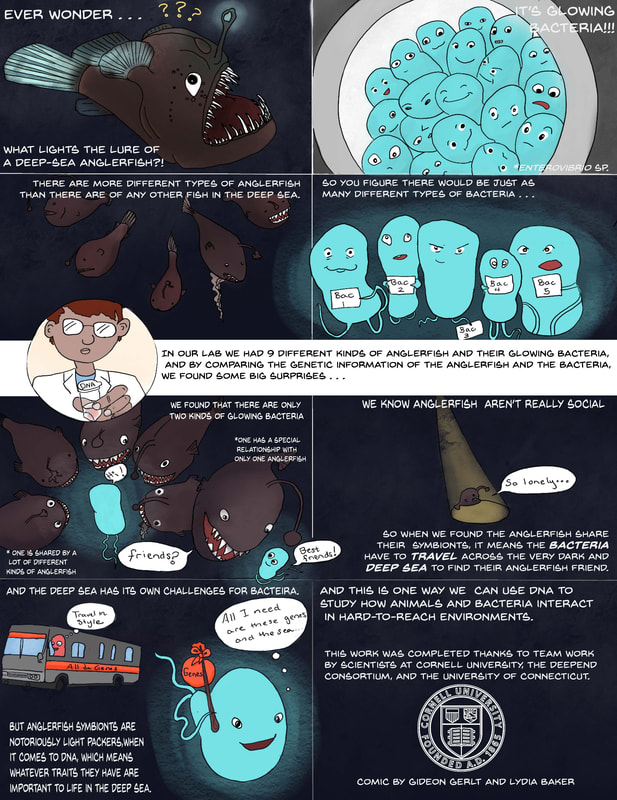
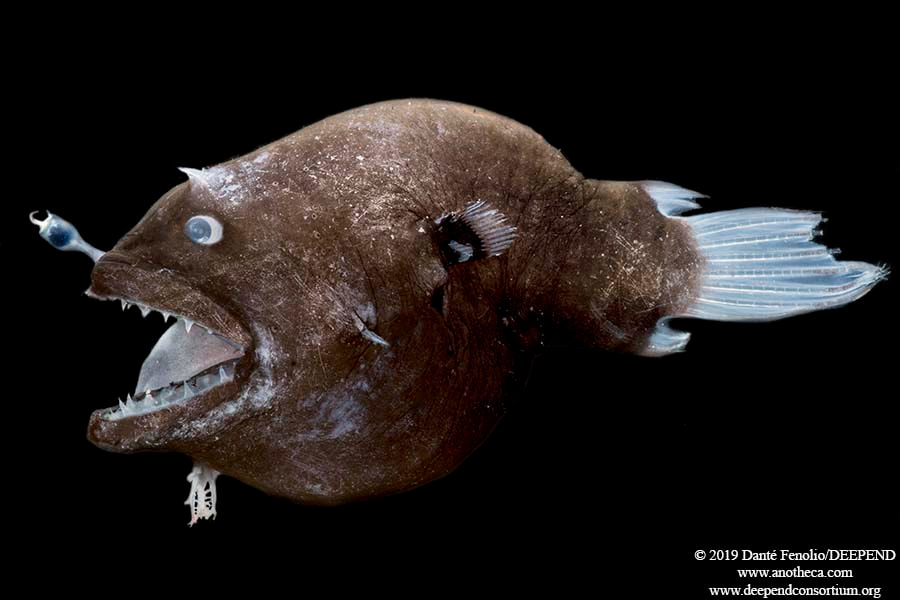
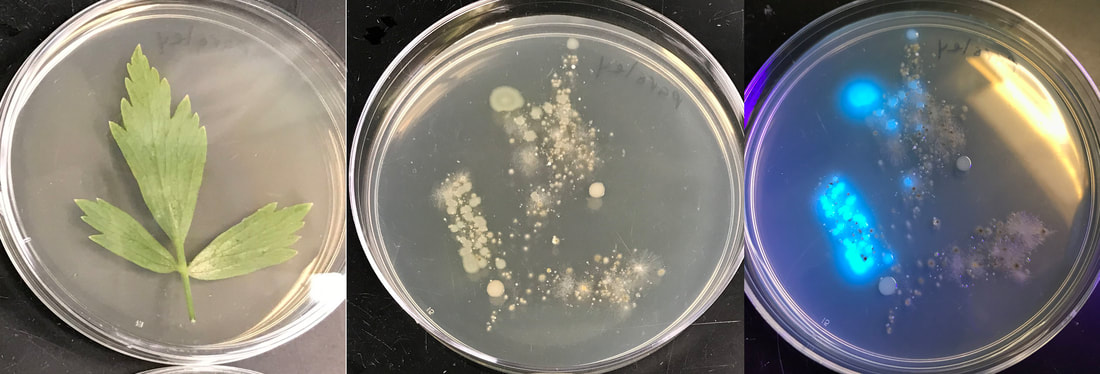
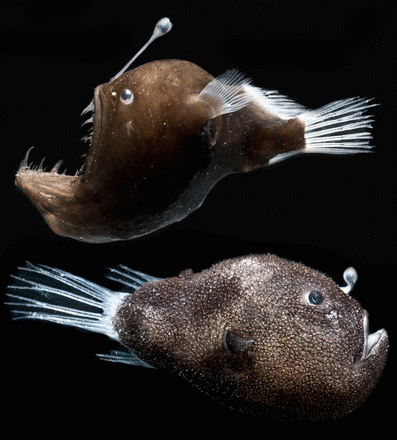
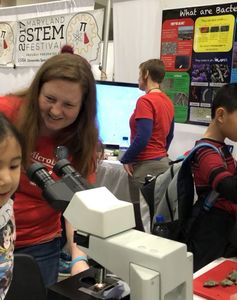
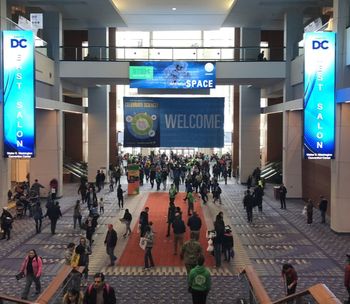
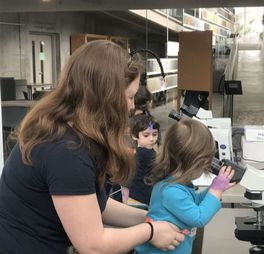
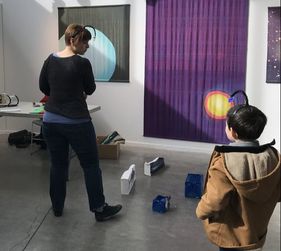
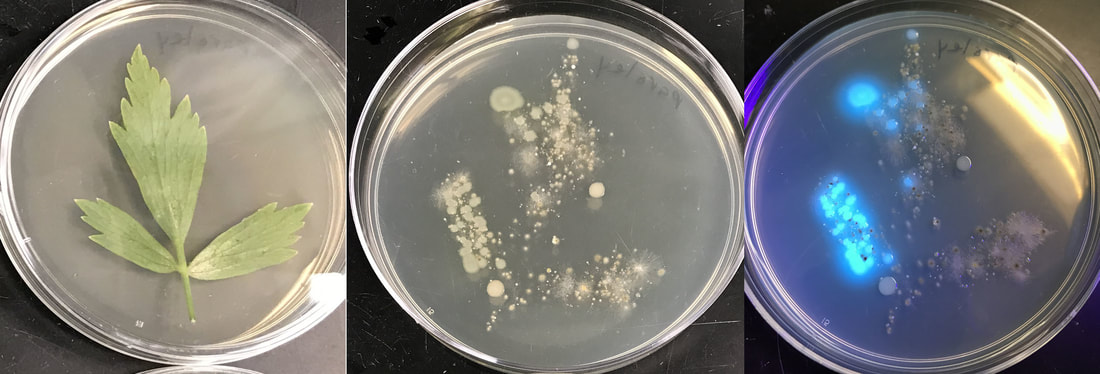
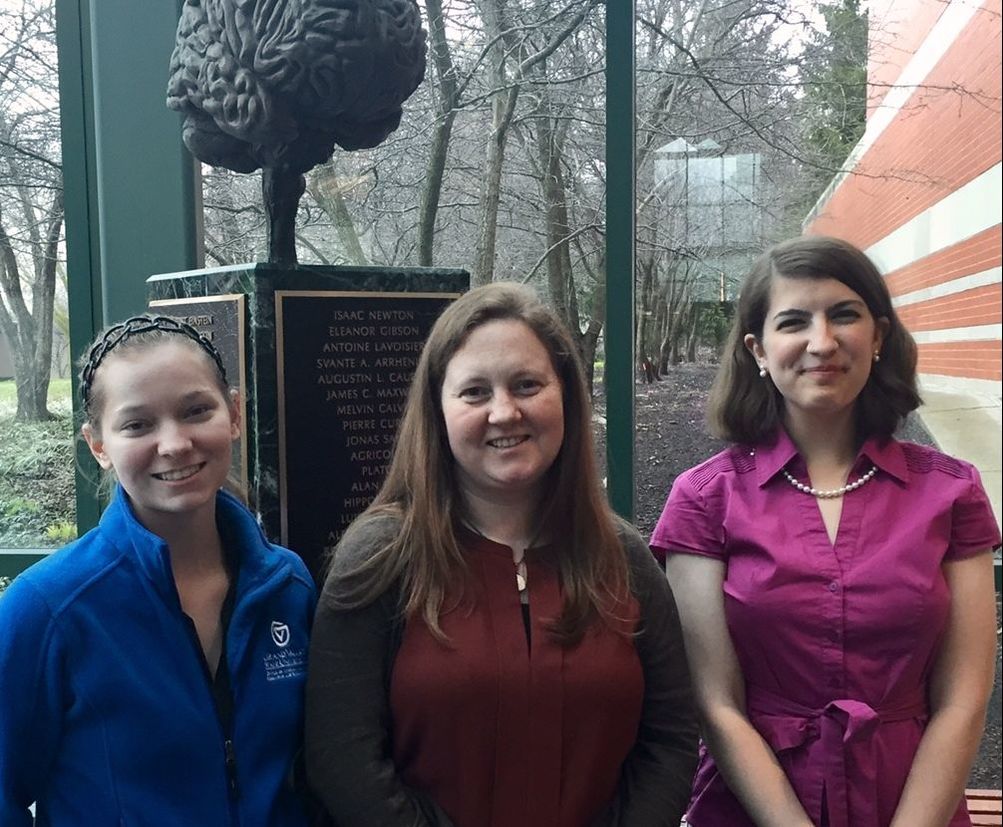
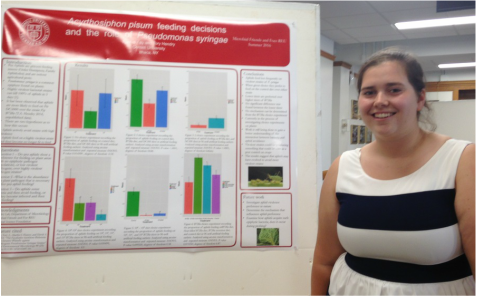
 RSS Feed
RSS Feed
